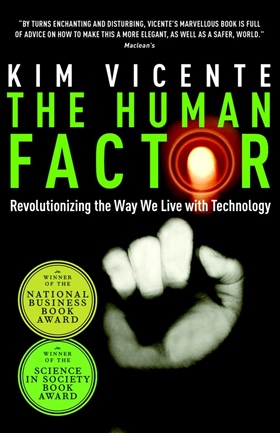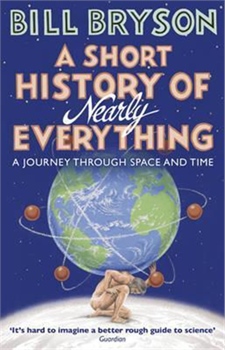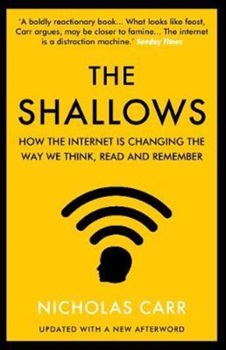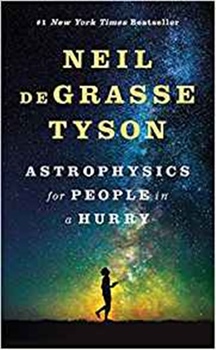Description
What links the frustrations of daily life, like VCR clocks and voicemail systems, to airplane crashes and a staggering “hidden epidemic” of medical error?
Kim Vicente is a professor of human factors engineering at the University of Toronto and a consultant to NASA, Microsoft, Nortel Networks and many other organizations; he might also be described as a “technological anthropologist.” He spends his time in emergency rooms, airplane cockpits and nuclear power station control rooms -- as well as in kitchens, garages and bathrooms -- observing how people interact with technology.
In the first chapter of The Human Factor, Kim Vicente sets out the disturbing pattern he’s observed: from daily life to life-or-death situations, people are using technology that doesn’ t take the human factor into account. Technologies as diverse as stove tops, hospital work schedules and airline cockpit controls lead to ‘human error’ because they neglect what people are like physically, psychologically, and in more complex ways. The results range from inconvenience to tragic loss of life.
How has this situation come about? The root cause of the problem, Vicente explains in the second chapter, is a “two cultures” issue. There is a divide in the world of technological design -- just as there is in the world more generally -- between humanistic and mechanistic world-views. The humanistic view (in, say, cognitive psychology) deals with people in the abstract, ignoring that using tools is an integral human activity. The mechanistic view, on the other hand, forgets that it is real people who have to use the tools engineers develop. The two groups aren’t talking to each other: as the author puts it, “our traditional ways of thinking have ignored -- and virtually made invisible -- the relationship between people and technology.”
As is often the case in human factors engineering, the solution is both revolutionary and, on the surface, simple: what we have to do is focus on the relationship between people and technology. Taking a cue from systems thinking, Kim Vicente argues that we should focus not just on better products or better practices, but the fit between them. What this means is not the development of more high-tech or low-tech articles, but a Human-tech revolution, where the human comes before the technological but the two are always linked.
In some areas the revolution is already at work: it’s not always the case that technology doesn’t take the human factor into account. When it does, as in the case of the Reach toothbrush, the Palm Pilot, or the “critical incident” reporting method developed at the Philadelphia Children’s hospital, the technology is a success. The Fender stratocaster guitar became the favourite of musicians around the globe because it was designed with the needs of guitarists in mind, in everything from its overall shape to the position of its controls. The Human-tech Aviation Safety Reporting System, a way for pilots to confidentially report near-misses, has made air travel dramatically safer.
Technology as Kim Vicente understands it isn’t just the physical “stuff” we use. In The Human Factor the word is used in a much broader sense, to include the physical and non-physical elements of complex systems. Information, teamwork, organizational structures and political decisions play a crucial role in determining how well a technological system as a whole functions. The “Human-tech ladder” sets this out in more detail, and also provides the structure for the rest of the book. Design should begin by understanding a human or societal need, and then tailoring the technology to reflect what we know about human nature at the physical, psychological, team, organizational and
About the Author
In 1999, KIM VICENTE was chosen by TIME magazine as one of twenty-five Canadians under the age of forty as a “Leader for the 21st Century who will shape Canada’s future.” A professor of engineering at the University of Toronto, he lectures widely around the world and has acted as consultant to, amongst others, NASA, NATO, the US Air Force, the US Navy, Microsoft and Nortel.
He lives in Toronto.












